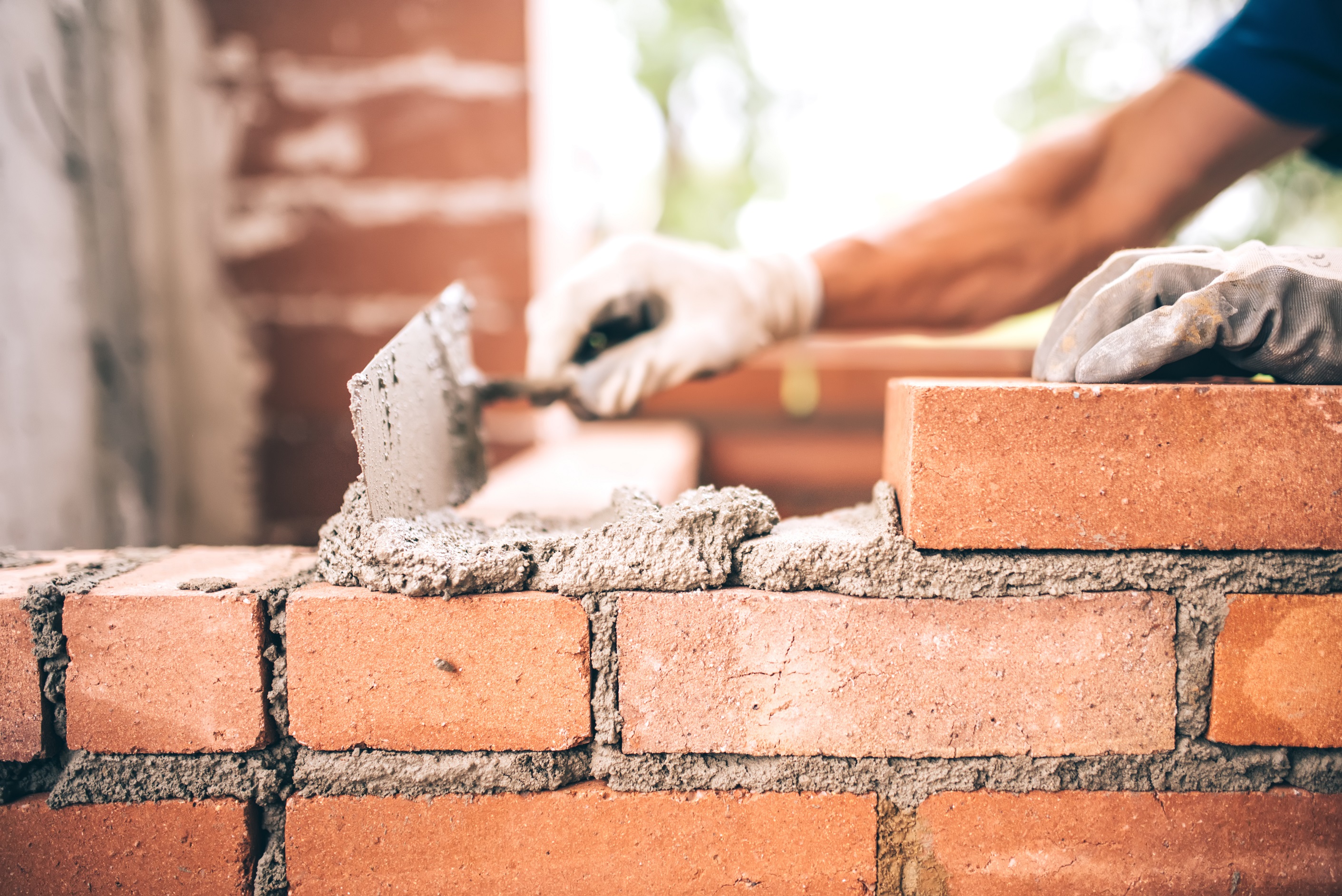In an age where construction robotics are the next new thing on the horizon, it might surprise you to learn that the first brick-laying robot was designed and featured in 1967. Claimed to be able to lay bricks five to ten times faster than the tradition by-hand method, it claimed to be the idea of the future. Attached by rail to a wall, the Motor Mason was an intriguing experiment, but ultimately a flash in the pan.
Flash forward to 2015, and the SAM100 (Semi-Automated Mason) was introduced at the World of Concrete. Like Motor Mason, it claims to increase productivity three to five times, plus help with workplace safety and reduce injuries. It is far more advanced than Motor Mason, however, in that it no longer relies on a rail system and can be programmed to follow far more advanced directives than its 1960s ancestor. It includes a conveyor belt, a robotic arm, and a concrete pump that is programmable to vary output depending on style and design. It doesn’t plan to replace the masons of the world, just make them more productive.
Not to be outdone, Australian firm Fastbricks Robotics released their brick layer, Hadrian X. With its emphasis on precision, Hadrian X, is more in tune with CAD programs and works to be as precise and use as little waste as possible, thereby generating fewer costs. Speed and safety are other major selling points.
Supercharge Your Back-Office
Eliminate manual data entry and manual errors while simplifying nearly every back-office process with hh2's construction solutions.
Blog Transcript


